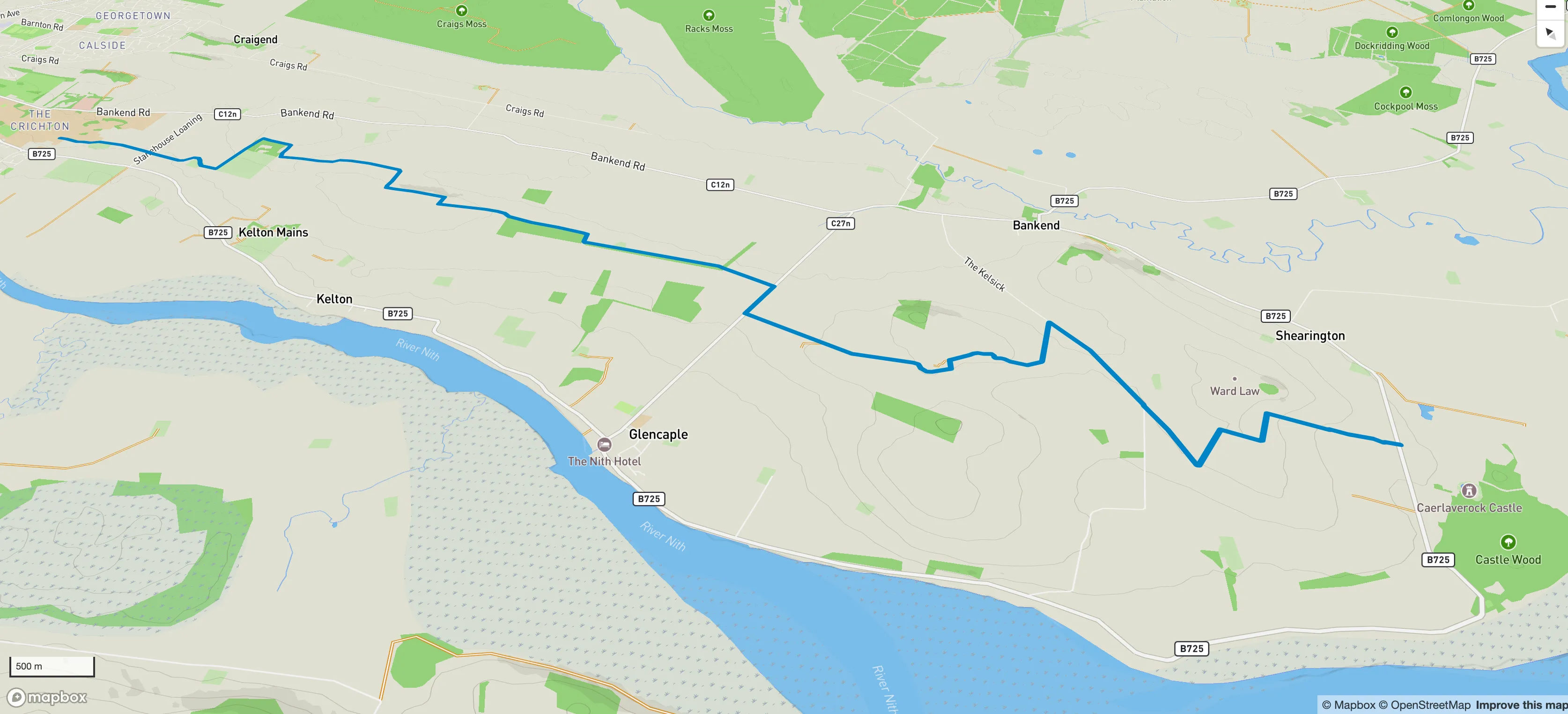Can rural active travel infrastructure be built more quickly, for less money and with additional environmental and community benefits?
Yes, if we adopt some basic principles to ensure everyone benefits. This thought experiment lays out some potential models.

About
The term "thought experiment" has been very carefully chosen for this project. These are not real projects, these are not proposed projects and the respective land owners, tenant farmers, governing authorities and adjacent communities are not proposing these routes.
These thought experiments are simply "what ifs?", products of the imagination that may help you think about your own active travel projects from a fresh perspective.
These ideas are released under a Creative Commons attribution-sharealike license. This means you can replicate parts of this site or incorporate the thinking into any of your own projects simply by attributing anything you do with it to the original source.
Key Principles
01
Income for all. Lease don't own
Most active travel paths projects begin life with the long, drawn-out and costly process of land purchase. Long term lease agreements paid for by co-located solar could reduce barriers to making land available for a rural network of active travel paths. Since solar energy generation is highly predictable over a year, both landowners and local communities could clearly forecast the annual income such dual-purpose projects would generate.
02
Use permitted development rights
Planning applications are slow, costly and bureaucratic. They're not for everyone and can be off-putting to a community group. Every hurdle is an opportunity for the team to lose supporters. Thoughtful, rural projects on marginal farm land can largely work within a less stringent planning framework. Dividing a project into appropriate sections means you can adopt the least burdensome approach at each stage.
03
Partner well for patient impact
The word "debt" scares many people, but project finance using debt or equity is normal. Debt funding does not have to be exclusive from conventional grant funding. Partners like Scottish National Investment Bank (SNIB) invest in projects that move the country forward using patient capital; i.e. loans with a longer term view of the returns. SNIB's fund is £2Bn. To date they have commited £640M (mid 2024). The minimum facility is £1M. Debt and equity are options.
Read the more detailed proposal and then check out some hypothetical routes
Still here?
Wow, you made it this far. Thank you so much for stopping by.
Once you've had a look at the more detailed proposal and some of the routes used as experiments then check out the resources page. If you're bonkers enough to think, "Maybe we could do something like this where I live." you'll find links to some people who have already built paths and who help support and fund paths.
If you've found the fatal flaw in my thinking and are just burning to tell me why I'm wrong, I'm more than happy for you to ping me an email at contact@carbon.scot